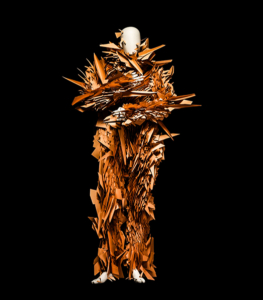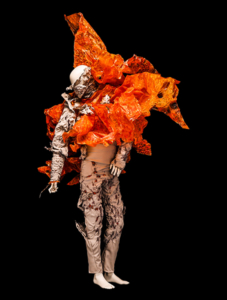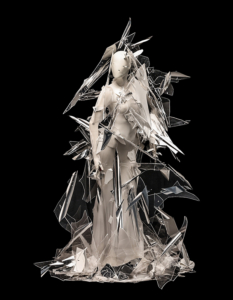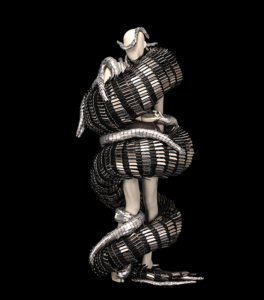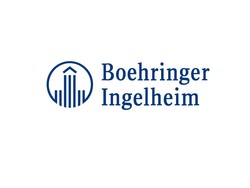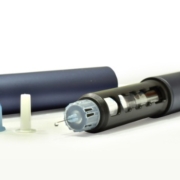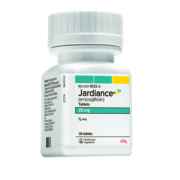OCI 2022: Boehringer Ingelheim – Communicating the physical and emotional patient burden
Boehringer Ingelheim’s campaign for “The Unwearable Collection”, which worked to portray the patient experience of living with generalized pustular psoriasis (GPP), a painful skin disease, helped the company rise to the top half of the 2022 OCI company ranking. Claudia Beqaj, executive director, specialty marketing sales, dermatology at Boehringer Ingelheim, explained how the company took on the challenging mission of educating dermatologists about GPP in a more authentic and reverent way.
By Maria Fontanazza • [email protected]
Med Ad News: What does it mean for your company to be recognized among the most innovative and creative companies and brands in the industry?
Claudia Beqaj: It’s an honor! We’ve been thrilled by the response to The Unwearable Collection, but I would say that our biggest honor, thus far, has been the reaction we’ve received from people who are living with generalized pustular psoriasis (GPP). We keep hearing that The Unwearable Collection represents their experiences. Nothing is more important to us than shining a light on the physical and emotional symptoms of GPP.
Med Ad News: What were the objectives and messages of the work for “The Unwearable Collection” campaign?
Claudia Beqaj: It can be difficult to communicate what an incredible physical and emotional burden GPP presents for patients who are living with this condition. One of the common themes we heard from people with GPP was how a flare can affect so many of their daily decisions – things we might take for granted, like what to wear. Inspired by this, we came up with the idea to develop an art collection as a powerful way to illustrate these symptoms.
Our goal with The Unwearable Collection is to challenge the way dermatologists think about GPP and bring to the forefront the devastating and unpredictable impact of GPP – both physically and emotionally. To effectively convey this impact, we partnered with world-renowned designer Bart Hess to create four unique art gallery pieces that each represent an aspect of GPP: Physical Pain, Flare Intensity, Emotional Burden, and Life-Threatening. While the pieces are beautiful designs, the elements and materials used to create them – like shards of glass, sharp blades, and paper shreds – are intended to underscore how painful GPP can be.
Med Ad News: What were the challenges you faced in putting together this campaign, and how did creativity help you overcome those challenges?
Claudia Beqaj: Once we decided that we wanted to use art to shine a light on the physical and emotional burden of GPP, we were challenged to consider how we could do that accurately but also in a way that remained respectful to the experiences of people living with GPP. To ensure we could accomplish this, we partnered our designer Bart Hess with people who are living with GPP. Their experiences helped to inform Bart’s design and shape his vision for The Unwearable Collection. Once it was complete, we also offered these patients the opportunity to preview the art gallery pieces, which made for a very powerful moment.
Getting the support of the GPP community was a critical part of our success and, ultimately, we’re very proud of the attention we’ve been able to bring to this rare disease.
| For “The Unwearable Collection” campaign, Boehringer Ingelheim partnered with world-renowned designer Bart Hess to communicate the (L–R) Physical Pain, Flare Intensity, Emotional Burden, and Life-Threatening nature of GPP. | |



